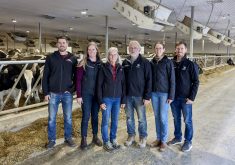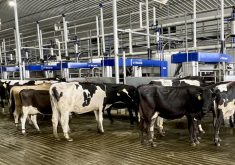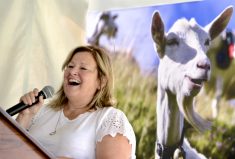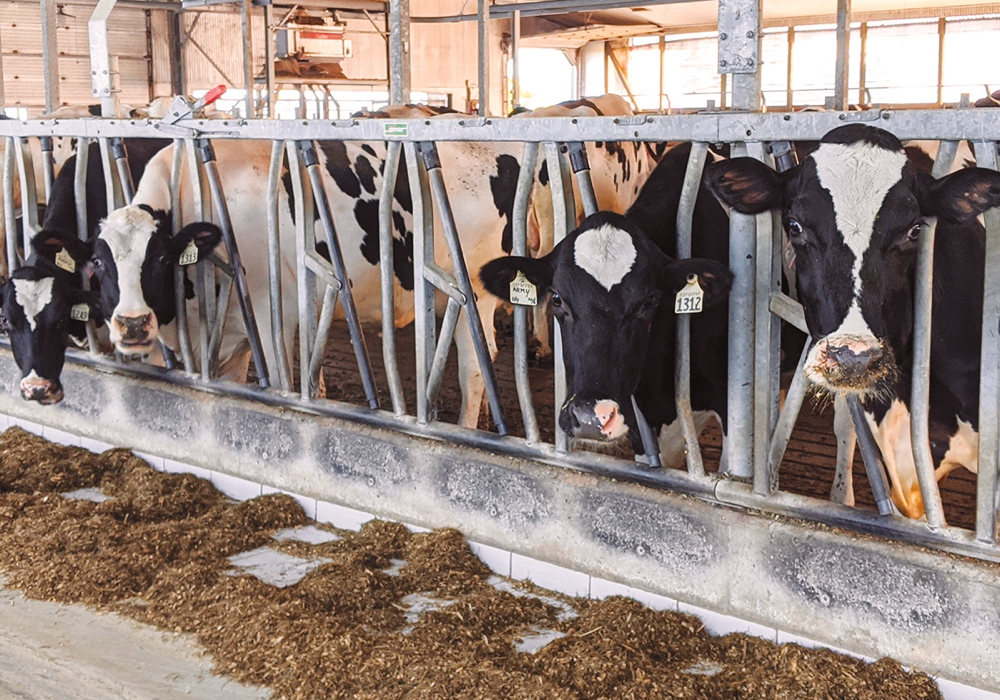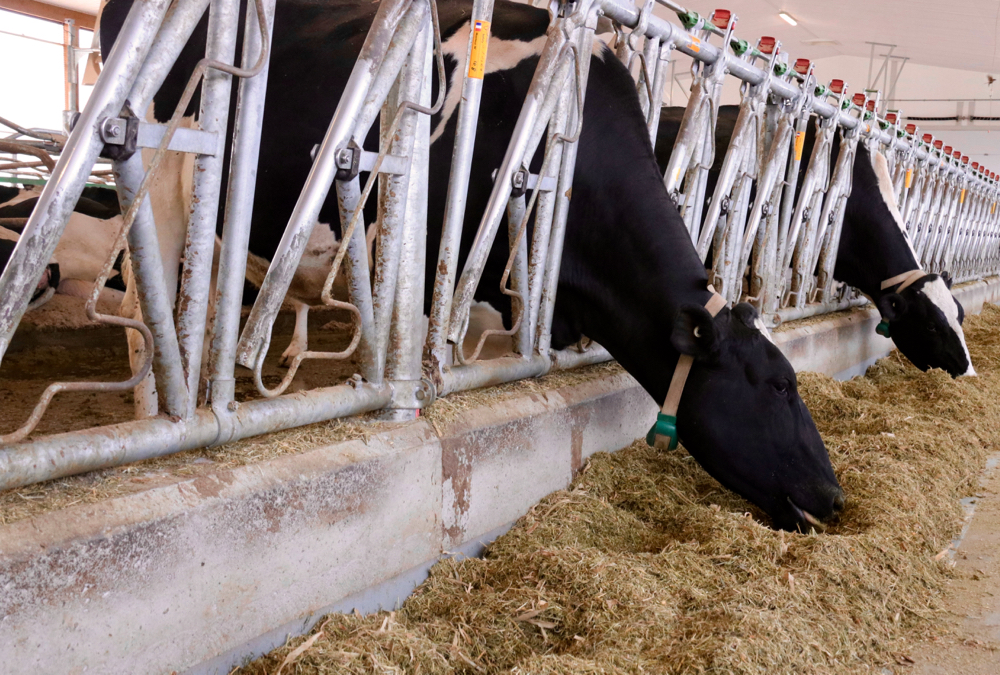A herd’s average production may be a go-to parameter for many goat dairy managers, but Amanda Davison believes their focus should shift instead to the average among a select group of that herd.
“Don’t look at average production,” advised Davison on March 21 in Woodstock, as she addressed producers attending the annual general meeting of Ontario Goat (OG). Look instead, she said, “at the poorer performing goats and examine what’s limiting them.”
Why it matters: Many of Ontario’s goat milk producers experienced a collapse in pricing last year, and the Dairy Nutrition Advisor for Shur Gain/Trouw Nutrition was asked to speak at the OG AGM about reducing feed costs as a means toward stabilizing operations affected by those price declines.
Read Also

Dissolving eartags could make pig traceability easier
A dissolving eartag for market hogs, called Clean Trace could reduce processing challenges and enable more individual management of pigs.
“The statement I hear pretty often is that I want more milk for less money,” Davison said.
- Read more: Goat group continues to look for savings
Her presentation fit nicely with a subsequent talk given by Dwight Garret, milking system technician with Dortmans Bros. Enhanced monitoring equipment in the dairy industry, “is giving you the opportunity to manage your goats individually,” Garret offered. This can help with culling decisions, and with early detection of sick animals.
“It’s interesting talking with the producers in the room that have been using the software, and they’re seeing improvements in profitability, just based on the decisions,” said Garret.
Instances cited included having a goat that they assumed was giving lots of milk but monitoring revealed that’s not the case, or another goat that doesn’t look as nice visually, but is producing way more milk at the same stage of lactation.
It’s to those lesser-producing goats, however, that Davison would like to see a focus shift. “If there’s a reason for goats to perform poorly, they will find it,” she said. And for that group of the herd, she offered the following management tips for improving Return Over Feed (ROF) results:
1. “Check your water. The easiest way to increase your dry matter intake is to improve your water intake. So clean your water bowls!” If you go into the barn and there’s a goat guarding a water bowl and other goats standing back, you should look at installing more water sources. Also check water quality.
2. Provide excess straw. The first couple of days, they’ll eat lots because it’s new. But if they keep eating lots, they’re probably lacking effective fibre in their diet.
3. Environment. Optimize air quality, and moderate temperature swings in the barn.
4. Herd demographics. You want about one-third of your milking herd to be doelings. After three kids, lactation potential tends to decrease. One exception is if you’re keeping around an exceptional doe for its offspring. As a strategy, though, try breeding the bottom third of your herd to meat breeds.
5. Culling to improve ROF. If every goat you’re culling falls under the “involuntary cull” categories like illness or injury, though, it makes it difficult to implement other culling strategies.
6. Milk components. “Chasing components isn’t always the most effective,” Davison said, because you can end up causing swings in production at the same time, thereby affecting profitability negatively on the other side of the equation.
7. Transition does (60 days pre-kidding to 30 days post-kidding). “It’s critical that an animal’s mobility isn’t compromised during the transition period.” Davison recommends trimming hooves a month before breeding, then re-evaluating 90 days pre-kidding. Also make yourself knowledgeable about strategies for avoiding Pregnancy Toxemia. Elements to this strategy should include good nutrition, exercise (Davison has seen benefits to having transition does make the daily pen-to-parlour walk, even if they’re not milking), water, bunk space, and early intervention. “Don’t be afraid to drench a goat as soon as you suspect something.”)




